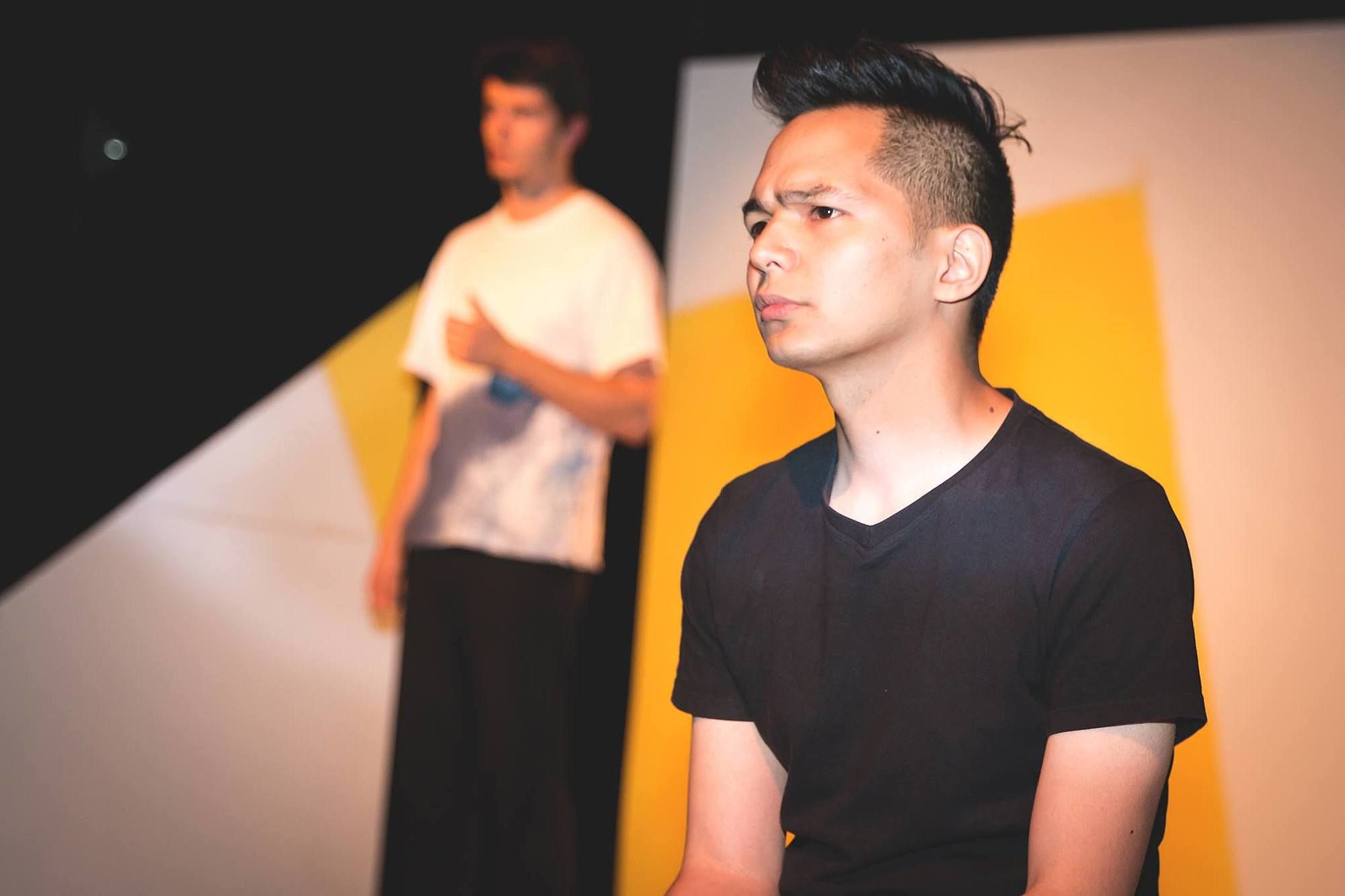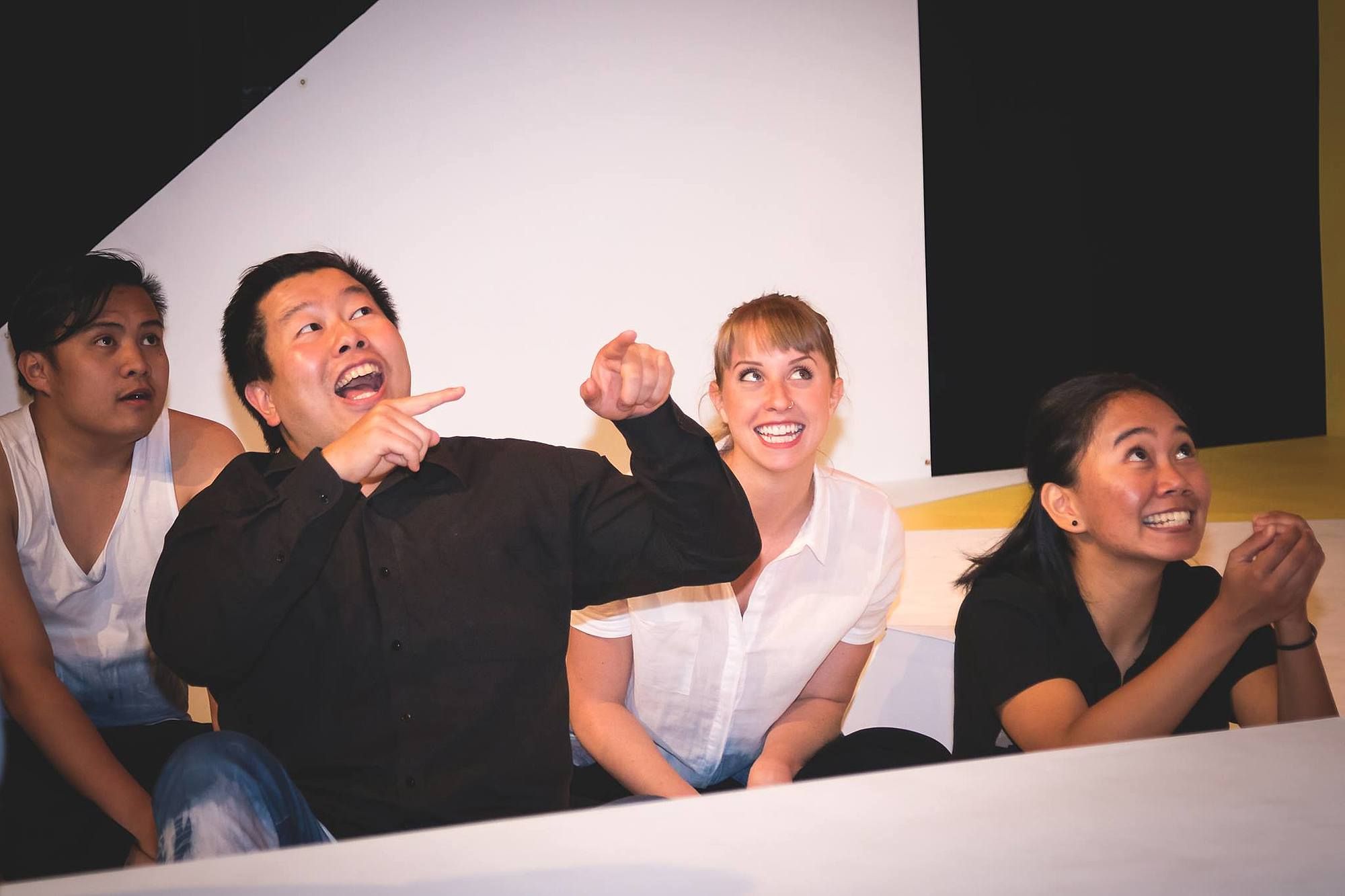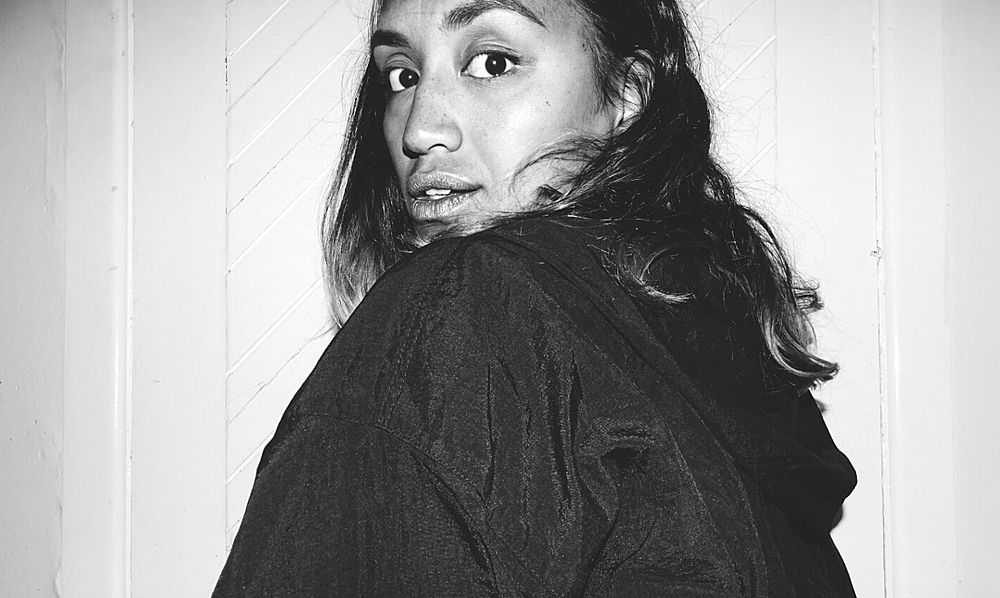What Was Old Is New Again: A Review of Yellow Face
Moana Ete reviews Red Scare Theatre's new production of David Henry Hwang's Yellow Face, an incisive - and surprisingly universal - comedy about being Asian in white-dominated spaces.
Moana Ete reviews Red Scare Theatre's new production of David Henry Hwang's Yellow Face, an incisive - and surprisingly universal - comedy about being Asian in white-dominated spaces.
I understand yellowface to be something that happens when non-Asian actors perform Asian roles on stage and screen. It might look like glue and string to pinch back the corners of an actor's eyes; it might look like the application of yellowish face paint; it might sound like a vague Eastern accent. And I particularly understand yellowface to be an old-fashioned relic of 50's and 60's American theatre and cinema, and I understood that to be the result of a having lack of Asian actors to cast at the time. But this is 2017, you see! Stunning Japanese-American action actresses (Rila Fukushima, Kimiko Glenn, Rinko Kikuchi) are a Google search away...
So is Scarlett Johansson playing the Japanese Motoko Kusanagi in the next big sci-fi action film, Ghost in the Shell, even allowed? David Henry Hwang’s Yellow Face shows there is still a fascination with this particular old relic; though delicate and unofficially forbidden, directors and producers continue to unearth it, polish it, set it under the limelight to see who it attracts.
Hwang trusts us enough to openly air his dirty laundry, plunging us into a disorientating whirlpool of a first act, a fast-paced tutorial on ‘How To Accidentally Cast A Non-Asian Character In An Asian Role Then Un-Cast Him In The Most Public Way Possible’. Coming off a Tony Award, DHH (Alex Rabina) turns to his next project, Face Value. He’s duped into casting a white man, Marcus G. Dahlman (James Cain), as the masculine Asian lead, and scrambles to cover it up before it leaks. But Face Value is an epic fail and DHH’s career nosedives almost as sharply as China-US relations; Congress begins singling out and investigating successful Chinese-American businesses accused of unlawfully funneling large sums of Chinese government money into the country – and one of those businesses is run by DHH’s father, Henry Y. Hwang. The confusion around yellowface and the reality of being Asian-American on Broadway is simultaneously reflected in and dwarfed by the dizzying tribulations of being Asian-American in the US.
All this plays out on Lucas Neal’s sexy set, its sleek white lines broken by a single painted yellow square that hangs unevenly, as though it’s the designated corner in which to discuss all things yellow, surrounded by a large white space and held up by a single thread. Though he seems pretty easy-going and casual, there is an apologetic tone in Rabina’s portrayal of DHH, the leading role in his own play. DHH appears to be a star brimming with talent and holds status in the Broadway community, but Rabina’s informal presentation dulls his glow, leaving us with David, a deeply flawed genius.
His accomplices, Casting Director Miles Newman (Catherine Zulver) and Broadway Producer Stuart Ostrow (Matt Loveranes) resemble sleazy car salesmen more than Broadway heavyweights, knowingly presenting DHH with the non-Asian Dahlman and dissolving away shortly after, barely helping DHH with this humiliating mess. Dahlman, though, the middle-aged white American man turned born-again Asian, reveals himself as an unlikely hero. The expectation is that he is in it for personal gain, for more Asian roles – and sure, at times this might be true. But Cain makes sure we’re never sure whether Marcus is just culturally oblivious or something more dangerous, guarding Marcus’ overt sincerity while holding onto a grey area of doubt as Marcus not only accepts the role in Face Value, but seeks to adopt a new ethnic identity with it.
That’s most apparent in a chilling scene between Marcus and Face Value co-star Jane Krakowski (Zulver) at the show’s opening night party. Marcus has a last minute epiphany – he is not Asian – and confesses to Jane, who boils it down to opening night nerves and gives him an Aren’t we all from the same place after all? type pep-talk, inadvertently echoing a timeless justification for yellowface that Marcus takes and runs with. It’s in remarkable dialogue like this that Hwang uses his characters to pitch arguments for and against the use of yellowface, both within his own story and, metaphorically, in all of space and time. We’re transported from Manhattan to remote Chinese villages by Patrick Barnes' sound design and James Ruscoe's lights, Marcus reaching out from China via email only to be met first with DHH’s silence, then with his direct disrespect and mockery.
Tse has brought to Wellington a play that is not only heavily relevant but is as sinister as it is moving as it is surprising as it is entertaining.
Surrounding DHH and Marcus is a talented cast acting as presenters and supporting characters, the standout of which is Benjamin Teh as David’s father HYH. Teh marks out Henry’s deceptively simple immigrant's journey with an equal amount of cheek and grace, from his foolish fumbling over a simple piece of technology to his stoicism in the face of accusations that he’s overseen the transfer of money from China in order to influence American politics. Teh is also double cast as Wen Ho Lee, a Taiwanese-American Scientist indicted by a federal grand jury on charges of stealing information about the US nuclear arsenal for China, a stark and direct reminder of the racial profiling of Asians in America at the time.
Rounding off the cast, Adriane Baltazar leads as Asian-American actress Leanne Cho, David’s ex-girlfriend and Marcus’ current girlfriend, playing her direct, strong and nubile; and Mike Bryant, who goes toe-to-toe with DHH as a New York Times reporter investigating HYH, affectionately dubbed ‘Name Withheld On Advice Of Counsel’. Their feisty meeting on a park bench is my favourite scene: here you experience Hwang’s passion for wordplay, his sharp timing and nuanced argument and - urgh! So good! Lisa Kyomoto-Fink’s costume design speaks so cohesively to all the elements of the set, restricting the colours to black, white and splashes of blue. Subtle differences in each actor’s costuming offers the cast uniformity and individuality where needed.
Can it not go unnoticed that, with all of this, Red Scare Theatre and director Cassandra Tse are punching well above their weight in terms of sophistication, clarity of storytelling and overall sharpness? Tse has brought to Wellington a play that is not only heavily relevant but is as sinister as it is moving as it is surprising as it is entertaining. Can we just throw monies at her and get her to programme all major theatres in Wellington or something?
Even so, the million dollar (or US$2million) question remains: is yellowface so bad? If we want to celebrate a multicultural New Zealand, shouldn’t it be okay to enjoy NZ Opera’s interpretation of The Mikado, letting an entirely non-Asian cast play Harajuku-esque Japanese citizens?
Yellow Face shows that challenging contemporary use of yellowface can’t be reduced to just giving Asian actors a 'fair go'; that’s simplistic and misses the point. It also can’t just be compared with blackface or brownface; yellowface has an entirely unique context in the West and therefore requires its own philosophies and kawa to restore.
What I take from Yellow Face is hinted at in Marcus' initial audition for Face Value. There seems to be a misplaced mistrust in the audience that come through Broadway. Miles sits the obviously white Marcus down and digs into his background, trying to find a line of Asian descent. He throws ethnicities at him, totally unconvinced that audiences will be unable to engage with him as an actual Asian, as an actual hero in an Asian context. In persisting with yellowface, not only does he expect that we're racist, he shows his own racism in that expectation.
So who has ownership of a culture? Who is allowed to represent it? Who is allowed to be its face? Yellow Face unearths all of these questions and DHH’s resolve leaves me none the wiser. If anything, I’m more perplexed. But having seen this, I feel that my frustration with a lack of authentic diversity in theatre in New Zealand is felt around the globe. That frustration is partnered with a feeling of gratitude for Asian-New Zealanders, their communities and all the parts they play when I think of what makes ‘home’ home. I leave the theatre rooting for more actual Asian casts, more actual Asian heroes in Asian settings in Aotearoa.
Yellow Face runs at
Whitireia Performance Centre, Wellington
from Thursday 9 March to Saturday 18 March
For tickets to and more information about Yellow Face, go here.
Image credit: Roc+ Photography.



